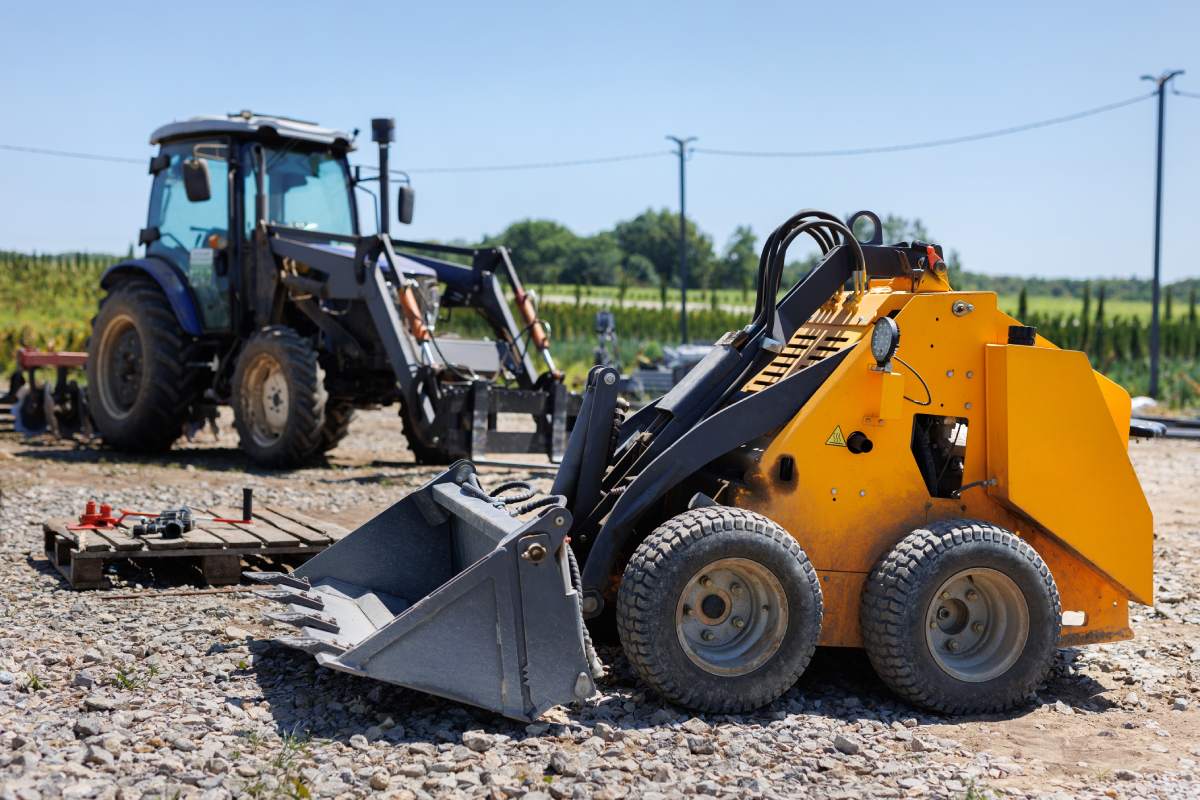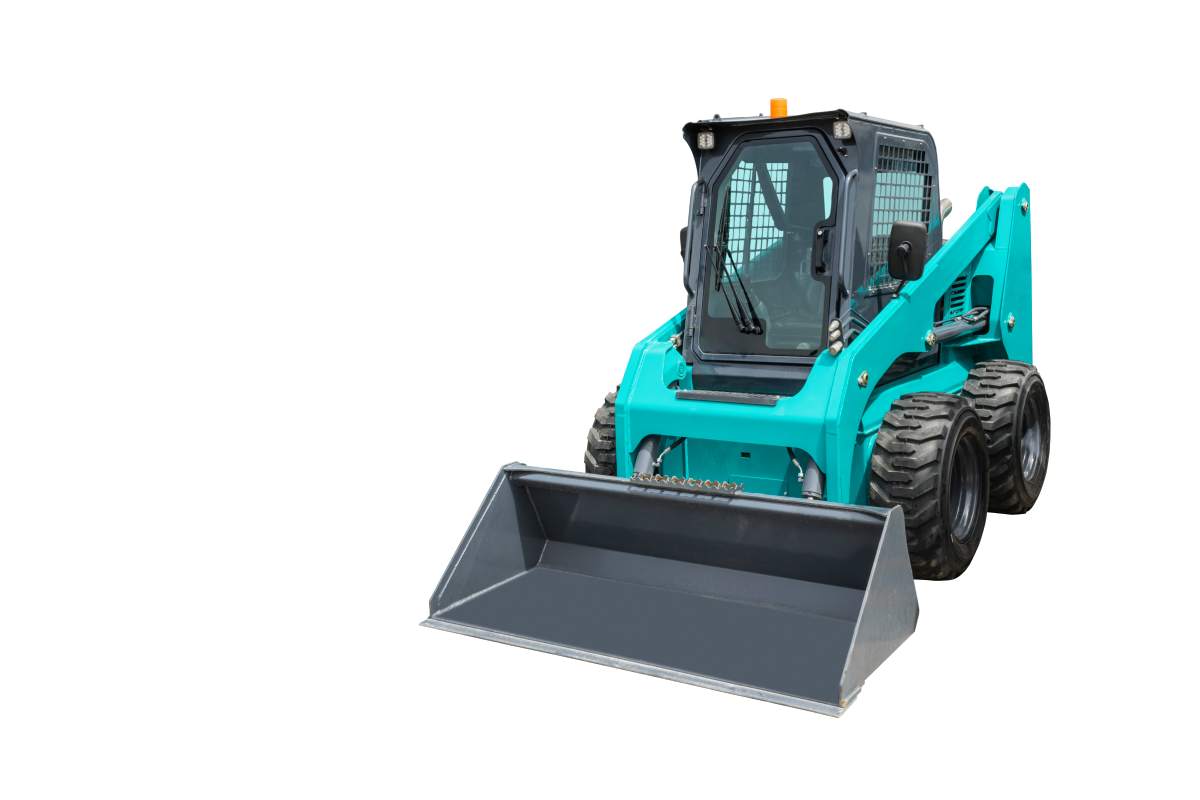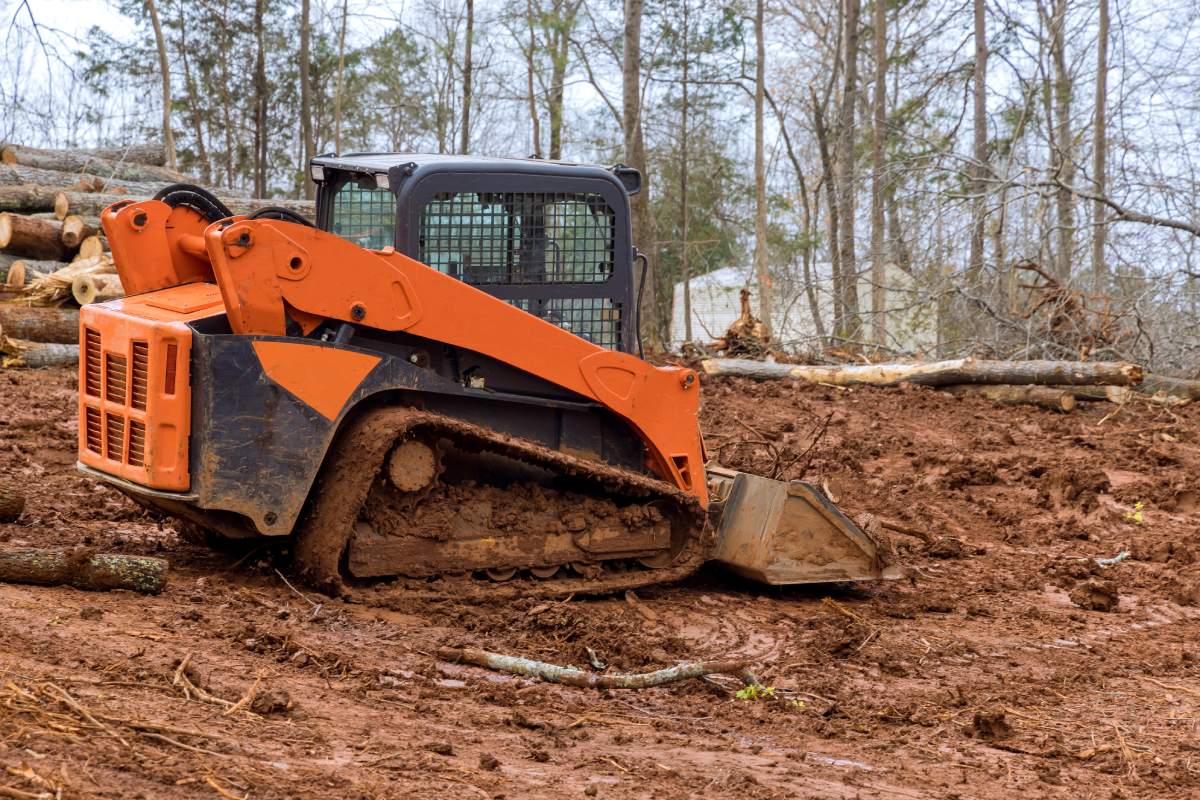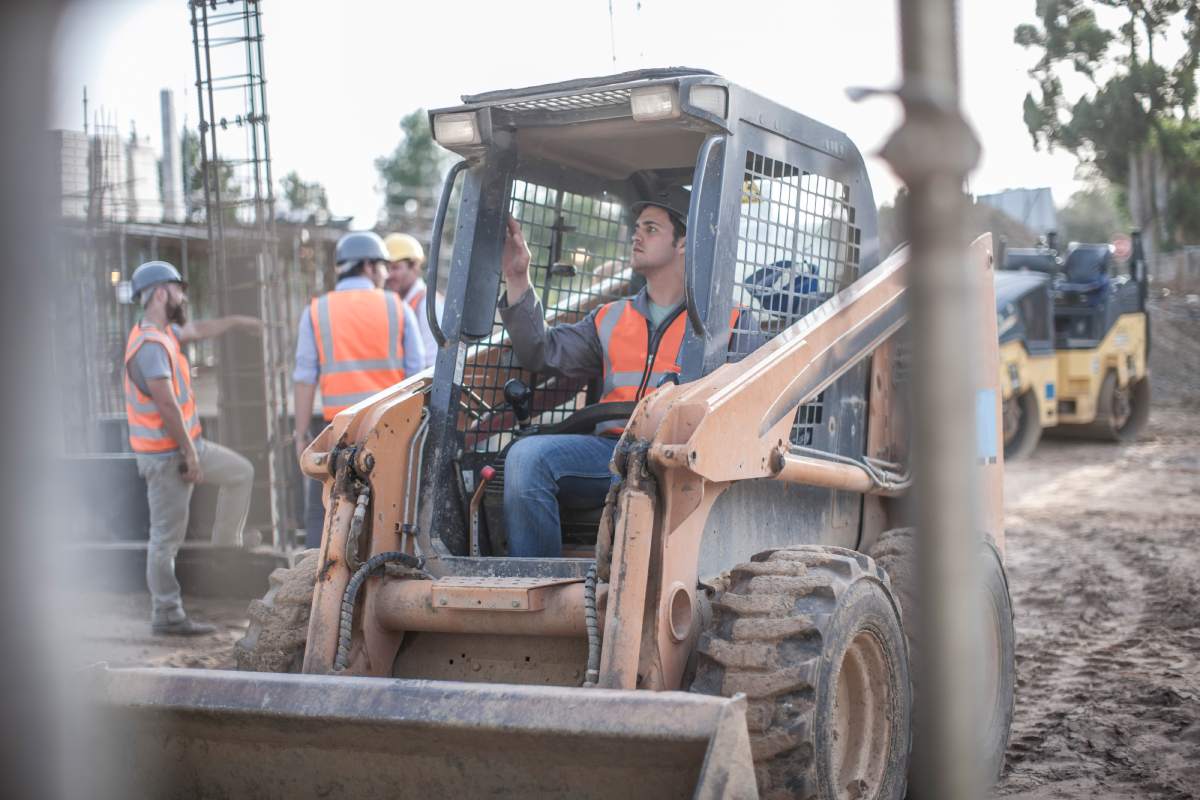
How Many Types of Skid Steers Are There? Is Bobcat and Skid Steer the Same? How Can a Bobcat Skid Steer Safely Be Transported From One Place to Another?
How many types of skid steers are there? Is Bobcat and skid steer the same? How can a skid steer safely be transported from one place to another?
Bobcat skid steers are essential tools in various industries, from construction and landscaping to agriculture. These compact, versatile machines are known for their ability to handle a wide range of tasks, making them a popular choice on job sites.
However, understanding the different types of skid steers and knowing how to transport them safely are crucial aspects of using these machines effectively. Whether you’re choosing between wheeled or tracked models, or preparing to move your Bobcat to a new location, it’s important to have a clear understanding of the options available and the best practices for safe transportation.
You might also read:
- How Can Aftermarket Exhaust Improve Mining Machinery Improvement? How to Choose One?
- 6 Dangerous Signs You Need to Call an Emergency Electrician Right Away!
How Many Types of Skid Steers Are There?
Skid steers are versatile, compact machines that are widely used in construction, landscaping, and agriculture. They are known for their ability to manoeuvre in tight spaces and handle a variety of tasks. Skid steers come in different types, each designed to meet specific needs and requirements. Here’s an overview of the main types of skid steers:
1. Wheeled Skid Steers
Wheeled skid steers are the most common type. They are equipped with four wheels and are popular for their speed and manoeuvrability on hard surfaces like concrete and asphalt. These skid steers are great for jobs that require a lot of movement across a site because their wheels allow them to travel quickly. However, they are not as effective on soft or uneven terrain, where the wheels can struggle to gain traction. Wheeled skid steers are often used in construction and landscaping projects where the ground is firm and stable.

Wheeled Skid Steers
2. Tracked Skid Steers
Tracked skid steers, also known as compact track loaders, are similar to wheeled skid steers but have tracks instead of wheels. The tracks provide better traction and stability on soft, muddy, or uneven surfaces. This makes tracked skid steers ideal for jobs where the ground conditions are challenging, such as working on wet or sandy terrain. Although they are slower than wheeled skid steers, their ability to work in difficult conditions makes them invaluable in certain situations. Tracked skid steers are often used in agriculture, forestry, and construction sites where the ground is not firm.
3. Mini Skid Steers
Mini skid steers, also known as compact utility loaders, are smaller versions of standard skid steers. They are designed for light-duty tasks and can fit into tight spaces where larger machines cannot go. Despite their small size, mini skid steers are powerful and can handle a variety of attachments, making them versatile tools for landscaping, small construction projects, and residential use. They are easy to transport and are often used in areas with limited access or where minimal ground disturbance is required.
4. Radial Lift Skid Steers
Radial lift skid steers are designed for tasks that require a lot of forward reach, like digging and grading. The lift arm on these machines follows a curved path as it raises and lowers, which provides more reach at mid-range heights. This makes radial lift skid steers ideal for jobs where the operator needs to reach out in front of the machine, such as loading dirt into a truck or digging trenches. They are often used in construction, demolition, and landscaping projects.
5. Vertical Lift Skid Steers
Vertical lift skid steers are built for tasks that require lifting materials straight up and down, like stacking pallets or loading trucks. The lift arm on these machines moves vertically, which allows the operator to lift loads higher and with greater stability. This makes vertical lift skid steers ideal for jobs where height is important, such as working in warehouses or on construction sites that involve a lot of material handling. They are commonly used in industries where heavy lifting and precise material placement are needed.
Is Bobcat and Skid Steer the Same?
Bobcat and skid steer are related terms, but they are not exactly the same.
Skid steer is a type of construction equipment. It’s a compact, versatile machine that can be used for various tasks like digging, grading, lifting, and moving materials. The name “skid steer” comes from the way these machines turn. Instead of having a separate steering mechanism, the wheels or tracks on each side move at different speeds to make the machine turn. This type of steering allows the skid steer to be very manoeuvrable, especially in tight spaces.
Bobcat, on the other hand, is a brand name. Bobcat Company is a well-known manufacturer of skid steers and other compact equipment. Over time, the brand name “Bobcat” has become so popular and widely recognized that many people use it interchangeably with “skid steer,” even when they are referring to machines made by other manufacturers.
So, while all Bobcats are skid steers, not all skid steers are Bobcats. Bobcat is just one of the many companies that make skid steers, but it’s one of the most famous. Other companies, like Caterpillar, John Deere, and Kubota, also make skid steers, but their machines aren’t called Bobcats.
How Can a Bobcat Skid Steer Safely Be Transported From One Place to Another?
Transporting a Bobcat skid steer safely from one place to another is crucial to prevent accidents and damage to the equipment. Here’s a simple guide to help you do it properly:
1. Choose the Right Trailer
First, you’ll need a trailer that is strong enough to carry the weight of the Bobcat skid steer. Check the weight of the skid steer and make sure the trailer’s load capacity can handle it. The trailer should also have ramps that can support the weight of the machine when loading and unloading. If you choose ramps and trailers from SureWeld, Australia’s leading supplier of aluminium loading ramps and aluminium plant trailers, you shouldn’t be worried about that anymore.
2. Inspect the Trailer
Before loading the skid steer, inspect the trailer to ensure it’s in good condition. Check the tyres, lights, brakes, and tie-down points. Make sure the trailer is parked on a flat, stable surface to prevent it from moving while you load the skid steer.
3. Load the Skid Steer
To load the skid steer, align it with the trailer’s ramps. Slowly drive the skid steer up the ramps and onto the trailer. Make sure the heaviest part of the skid steer is toward the front of the trailer, near the tongue. This positioning helps to balance the load and prevents the trailer from tipping.
4. Secure the Skid Steer
Once the skid steer is on the trailer, it’s essential to secure it properly. Use heavy-duty chains or straps to tie down the skid steer. Attach the chains or straps to the designated tie-down points on the skid steer and the trailer. Tighten them to ensure the skid steer doesn’t move during transport. Make sure to secure the front, back, and sides to prevent any shifting.
5. Check Clearance
Ensure that the skid steer is clear of any obstacles on the trailer, such as the trailer’s sides or other equipment. Also, check that the height of the loaded skid steer does not exceed legal limits for bridges and overpasses on your route.
6. Double-Check Everything
Before you hit the road, double-check that the skid steer is securely fastened and that the trailer is properly attached to the tow vehicle. Ensure all the lights and signals on the trailer are working correctly. Also, check the tyre pressure of both the tow vehicle and the trailer.
7. Drive Carefully
When driving with the skid steer loaded on the trailer, take it slow and steady. Avoid sudden stops, sharp turns, and quick accelerations, as these can cause the skid steer to shift or the trailer to sway. Keep a safe distance from other vehicles and be mindful of the extra weight and length you’re towing.
8. Unloading the Skid Steer
When you arrive at your destination, park the trailer on a flat surface. Carefully undo the chains or straps and slowly back the skid steer down the ramps. Make sure the area around the trailer is clear of people and obstacles before unloading.
Conclusion
Bobcat skid steers are powerful and versatile machines, available in several types to meet different needs on various terrains. Knowing the distinctions between these types, whether you need the speed of a wheeled skid steer or the stability of a tracked one, can help you select the right machine for the job. Equally important is the safe transportation of your skid steer.
By choosing the SureWeld‘s ramps and trailers, securing the machine properly, and driving cautiously, you can ensure that your Bobcat arrives at its destination without incident. With the right knowledge and precautions, you can maximize the efficiency and safety of using a Bobcat skid steer on your projects.

